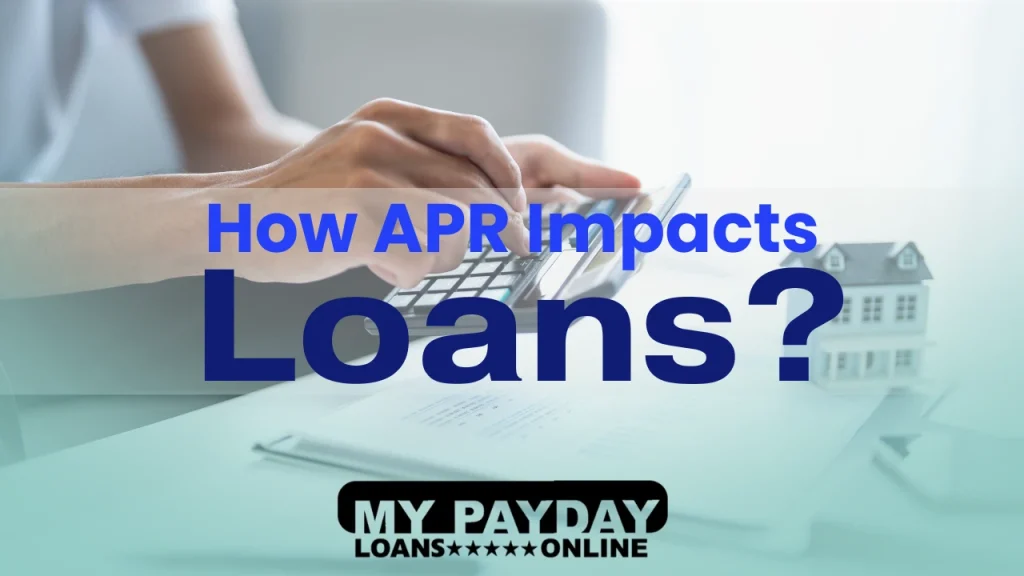APR (Annual Percentage Rate) is the yearly cost of borrowing money from a credit or loan provider. You’ll see this percentage when opting for credit cards, personal loans, and mortgages.
Before we discuss how an APR works, let us first understand what the Annual Percentage Rate is, how it is calculated, and why it is widely used.
What does APR mean in credit cards and loans?
When you borrow a loan or take out credit, no doubt you have to pay back the principal amount. But no financial product comes with zero borrowing costs.
As we mentioned, on top of repaying the principal amount the lender also charges interest and origination fees. All of these additional charges including the annual interest rate are collectively what an APR is.
Overall, it gives you an insight into the total amount you’ll end up paying over repayment tenure. The lower this number is, the less you need to repay apart from what you owe.
Let’s understand this through an example. Suppose that you need a $1000 loan and have different options available to choose from. Here’s what it would look like:
| APR | 10% | 15% | 20% |
| Loan Tenure | 1 year | 1 year | 1 year |
| Principal | $1000 | $1000 | $1000 |
| Total Repayment(Principal + APR) | $1100 | $1150 | $1200 |
APR vs. Interest Rate
Interest rate is a part of APR. If you solely rely on the interest rates, you may get tricked into paying more than you expected at first.
For example, if Loan A mentions an interest rate of 6 percent, its APR could be 10 percent (because of additional costs). And when Loan B is capped at an interest of 6 percent, its APR might be 6 percent. So, to borrow Loan A for a year will cost you more than Loan B.
This is why following the APR is advisably a smart choice.
Why is APR important?
Take annual percentage rates as the bigger picture as compared to relying on solely interest rates. One, it offers a standardised criteria through which comparing different financial products becomes easy. Two, lenders have to transparently mention all the costs involved in your loan annually so you can make an informed decision.
However, it is also important to note that for loans with a variable rate of interest APR isn’t a dependable metric. The percentage rate might be laid down according to a benchmark SOFR (Secured Overnight Financing Rate). It is a variable based on how much banks have to pay for borrowing money for a day, to put it in simpler terms.
Does APR matter if you pay on time?
The Annual Percentage Rate clarifies the significant costs but does not include late payment penalties. It leaves room for making your loan costlier when you fail to make a monthly payment.
It’s best not to skip repayments, especially on credit cards. It affects your credit score as well. However, not to confuse paying on time with not needing to check the APR when getting credit cards or loans. If you choose lower APRs, it becomes easier to pay off.
Regulations for APR by the government
Many regulatory bodies make sure that lenders are following transparent lending terms. The Consumer Financial Protection Bureau (CFPB) is the key one for enforcing federal laws, such as the Truth in Lending Act (TILA). Loan or credit providers must offer all the details entailing the loan and repayment terms.
Furthermore, the capping of APR is subjective to each state’s usury laws. It might also depend on the lender. My Payday Loans Online, for example, offers payday loans online at APRs ranging between 5.99 and 35.99 percent. This is in tune with usury laws in most states.
Does credit score affect APR; and vice versa?
The lower your credit score is, the higher your APR for loans or credit cards will be for you. Lenders see you as a high risk when your score is low.
While the APR doesn’t directly affect your credit score, the way you handle it does. For credit cards, poor handling might look like not paying your balance on time or utilizing more than 30% of your credit limit.


